Upper Gastrointestinal Endoscopy: Basic Upper Endoscopy
- Endoluminal lumen apposing metal stents have been utilized to create palliative fistula formation.
- Endoluminal primary and secondary bariatric procedures are being developed and utilized.
- Endoluminal full thickness resection and mucosal resection techniques are being developed to allow for organ sparing therapy.
- The submucosal space originally investigated and utilized in POEM has become the new space for further endoluminal therapies.
- Closure of fistulas are being developed with the use of suturing and over the scope clip technologies.
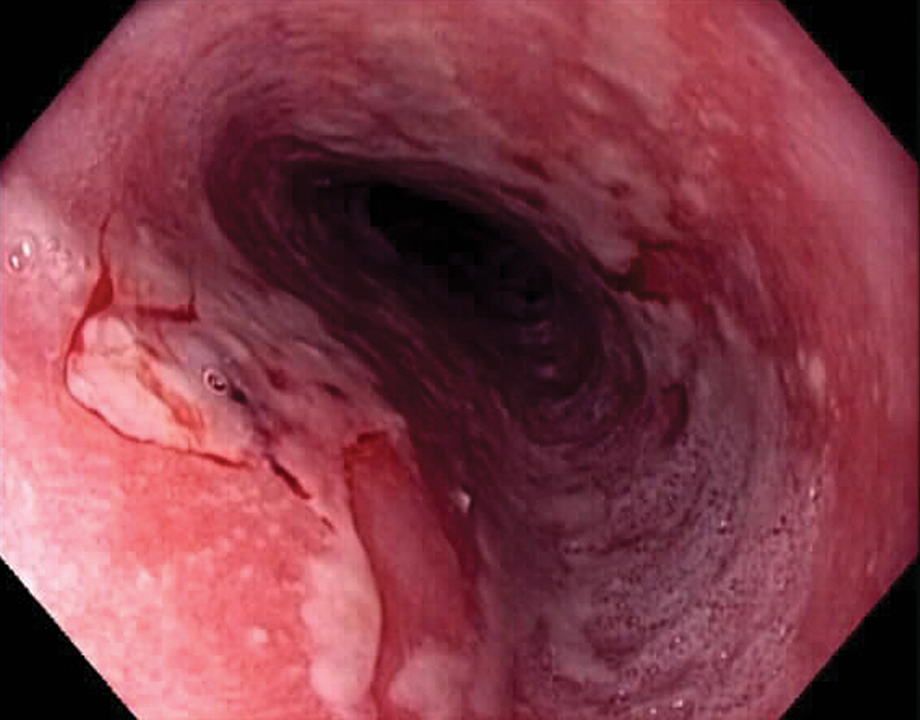
-1.jpg)
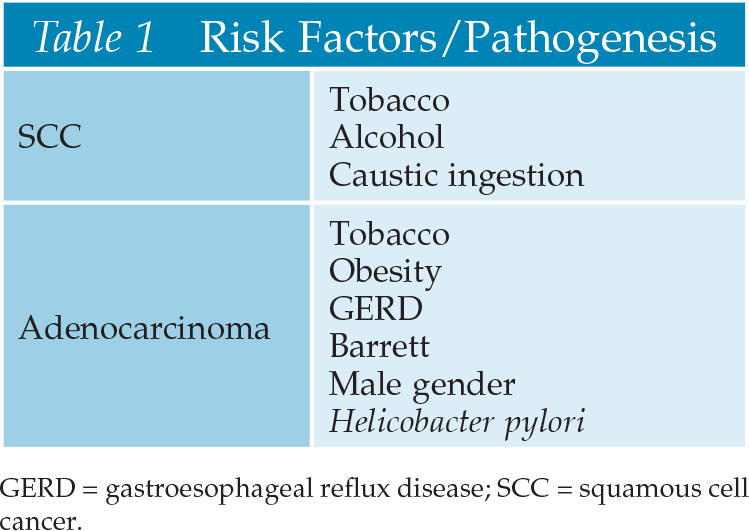

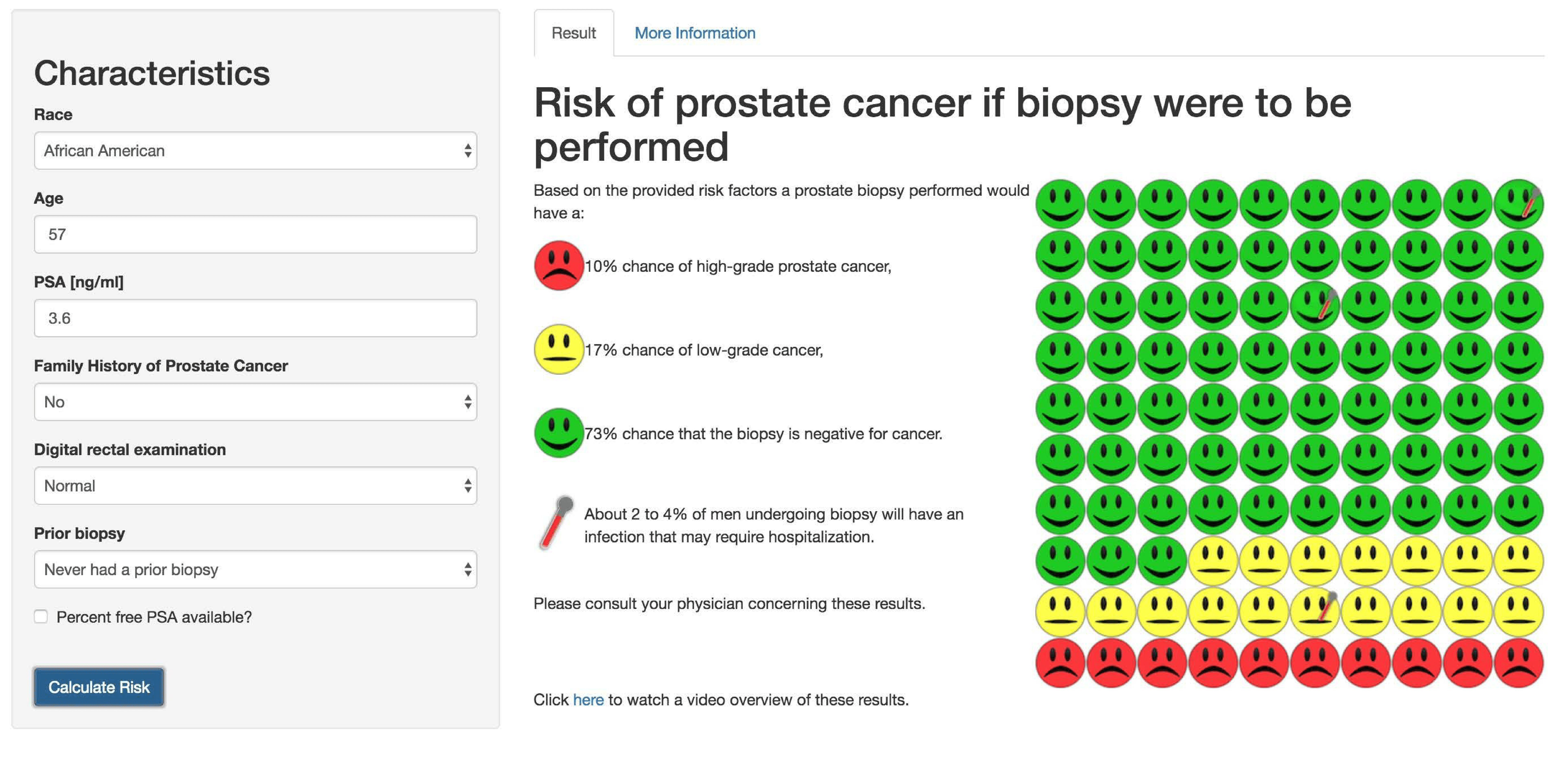
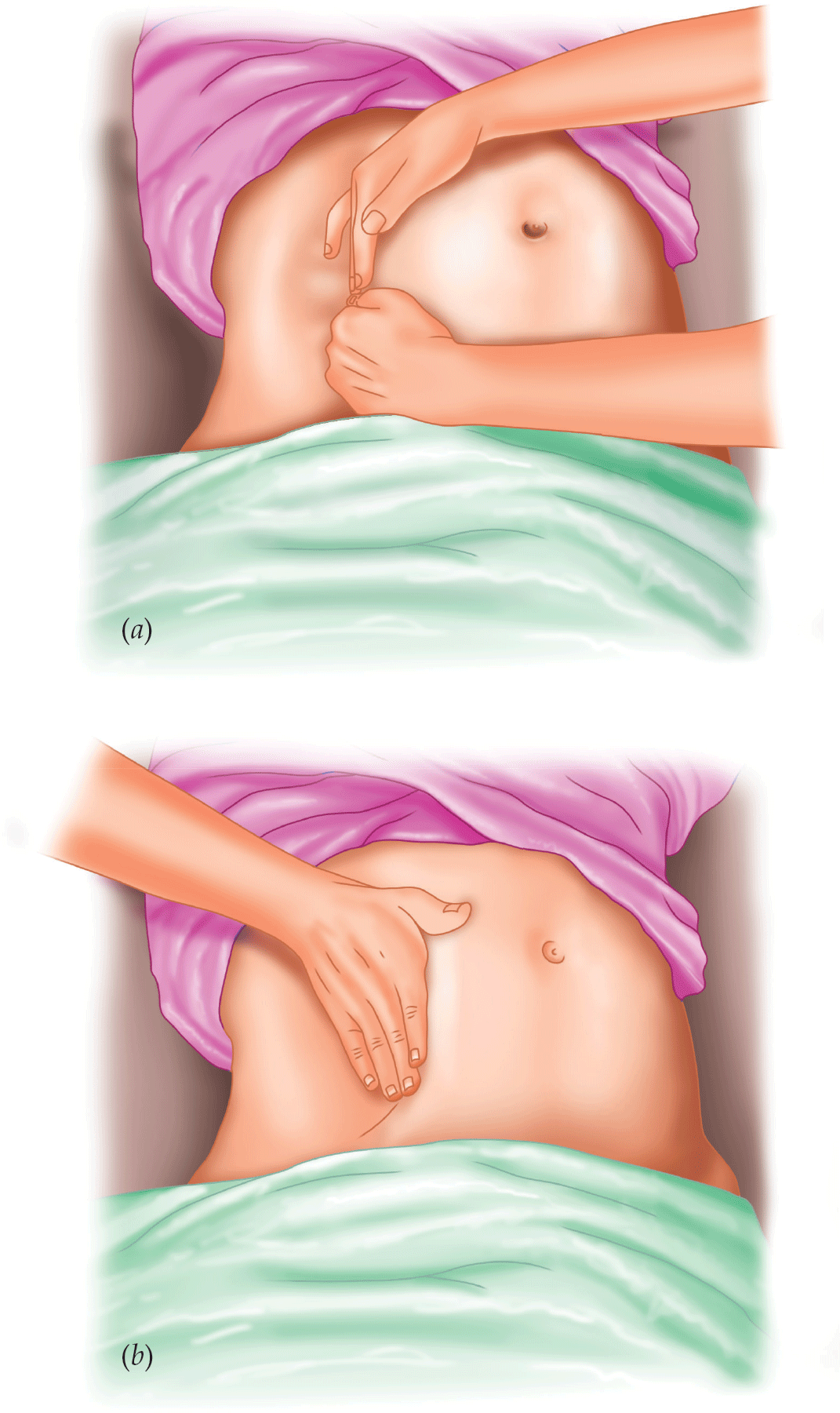

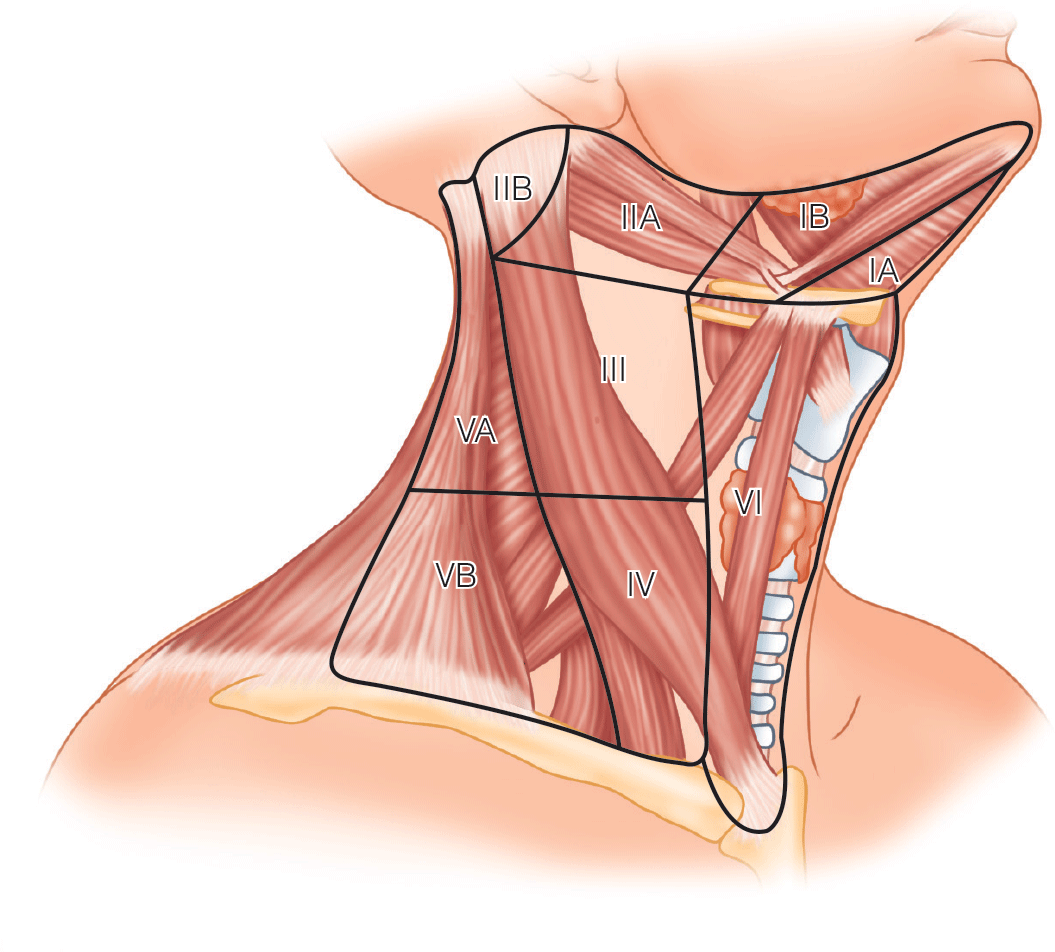


.png)







